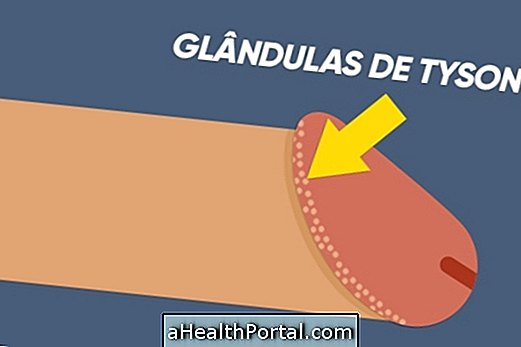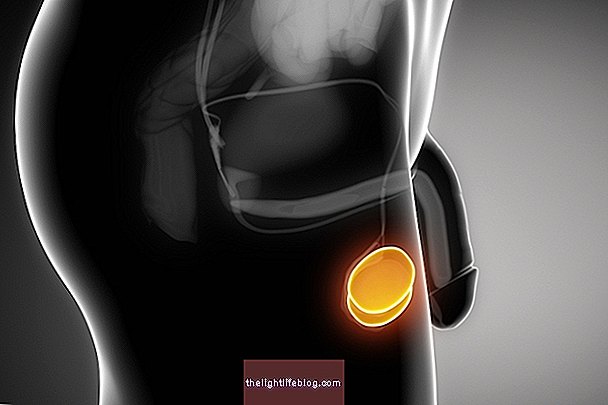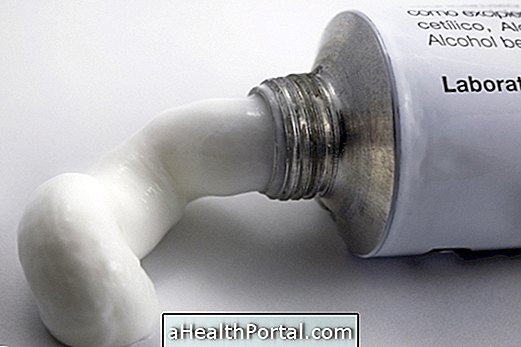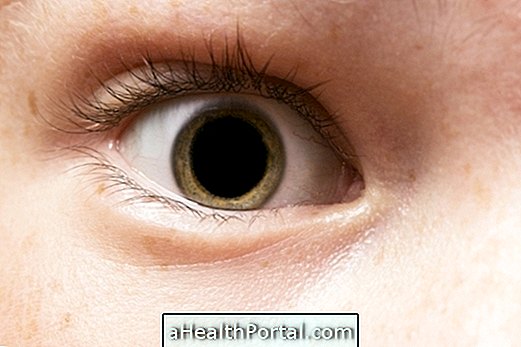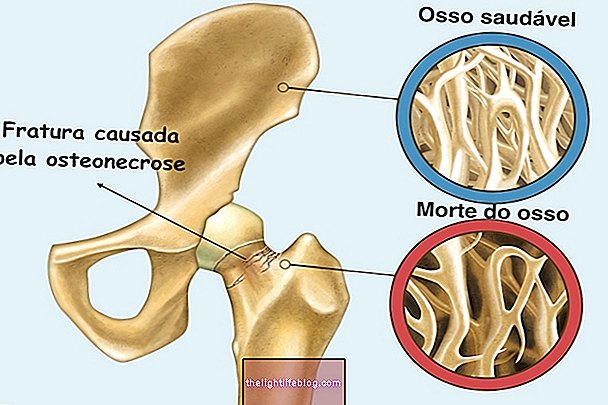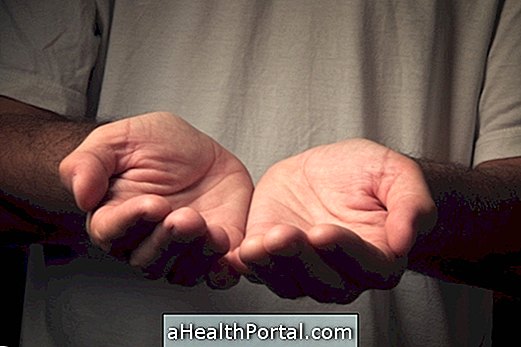The enlarged prostate is a very common problem in men over 50 years of age, and can produce symptoms such as painful urination or a very weak urine stream, for example.
In most cases, the enlarged prostate is caused by benign prostatic hypertrophy, which is just a benign problem that does not cause changes in health. However, it is advised to consult a urologist to take the touch exam and rule out the chance of cancer, which can also cause prostate enlargement.
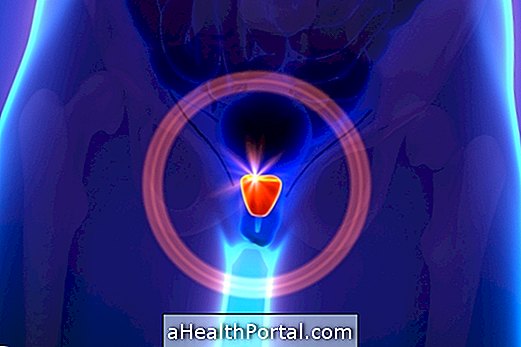
How to identify
The most common symptoms in case of an enlarged prostate include:
- Slow and weak urine flow;
- Pain or difficulty urinating;
- Urinary incontinence;
- Sudden urge to urinate;
- Need to push hard to urinate;
- Increased urge to urinate during the night;
- Presence of urine drops in the underwear, even after urinating;
- Dark urine.
These symptoms usually appear after the age of 50 and occur in almost all cases of enlarged prostate because inflammation of the prostate presses the urethra, which is the channel through which urine passes, making it difficult to pass.
However, there are some cases in which prostate hypertrophy does not cause any signal. In such cases, man may discover this problem when the PSA value is increased by a routine blood test, for example.
How to confirm the diagnosis
When the first symptoms of enlarged prostate appear it is advised to consult a urologist to take the touch exam. While it may be a slightly uncomfortable examination, this is a great technique that allows the doctor to evaluate if there are any signs of prostate enlargement from cancer. Understand how the rectal touch is done.
In addition, the doctor also asks for a blood test to assess PSA levels, which are usually above 4.0 ng / ml in cases of inflammation of the prostate. Find out more about the PSA exam.
If the doctor identifies abnormal changes during rectal examination or if the PSA value is above 10.0 ng / ml, a prostate biopsy may be ordered to evaluate the possibility that the increase is being caused by cancer.
Watch the following video and check out the tests that can be done to diagnose prostate problems:

What can cause enlarged prostate
Most cases of enlarged prostate are caused by benign prostatic hypertrophy that occurs with aging of the body, being more frequent after 50 years of age. This is a normal situation that does not cause any health problem and that only needs to be treated when it causes symptoms or interferes with daily activities.
However, the enlarged prostate can also be caused by more serious diseases that need to be treated, such as prostatitis or cancer. Prostatitis usually affects men at a young age, while cancer is more common with advancing age. Men with a family history of prostate cancer should therefore take the rectal examination earlier than usual, around the age of 40.

How is the treatment done?
The treatment for enlarged prostate varies according to the cause and severity of the problem. Therefore, it can be done as follows:
- Benign prostatic hypertrophy : In these cases, the doctor starts treatment with medicines such as Tamsulosin, Alfuzosin or Finasteride to decrease the size of the prostate and relieve symptoms. In more severe cases, surgery may be necessary to remove the prostate. Learn more about how this issue is handled.
- Prostatitis : Inflammation of the prostate is usually caused by a bacterial infection and therefore the urologist may prescribe antibiotics such as Ciprofloxacin or Levofloxacin. However, the symptoms can be alleviated with some daily care in addition to medical treatment. Here's how you can relieve the symptoms of prostatitis.
- Prostate cancer : The treatment is almost always done with surgery to remove a part of the prostate or remove it completely depending on the progression of the cancer. In addition, chemotherapy or radiation therapy may also be needed. Learn more about treatment.
In addition to these medical treatments, there are some natural remedies that help complete the treatment and can relieve symptoms more quickly. Here are some examples of these home remedies for the prostate.
